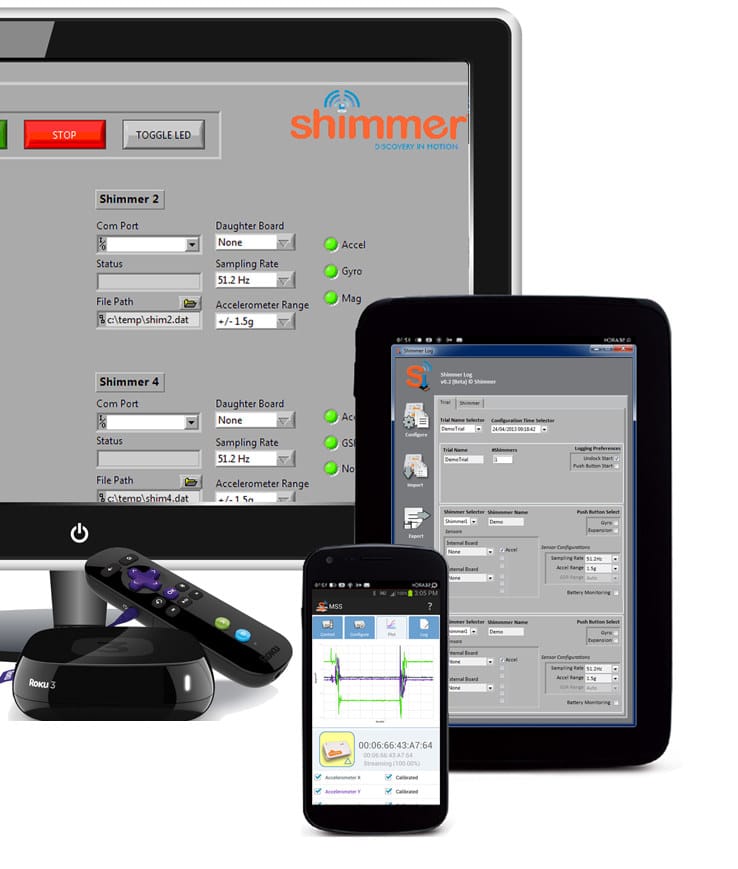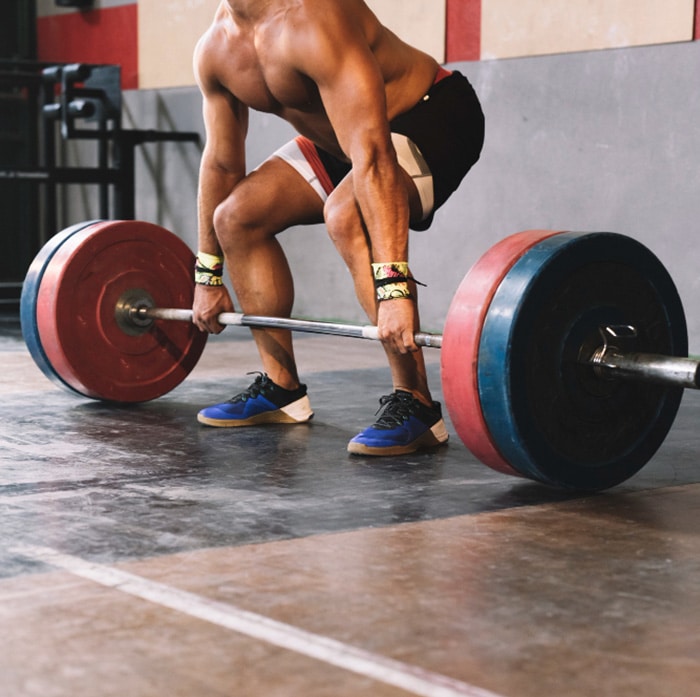Martin O’Reilly, a student at the National University of Ireland, Galway, has recently developed a Shimmer- and LabVIEW-based virtual assistant to aid users with their training.
Background & Objectives
Resistance training has many benefits including increased muscular strength, power and hypertrophy, and fat loss. Often when training, self-observation is prone to error, leading to increased risk of injury, poor progress towards training goals, and incorrect technique. These issues, coupled with the high cost of a personal trainer, create a need for real-time feedback while training.
The biofeedback application uses inertial sensor signals and algorithms developed to provide high quality resistance training biofeedback including tempo of movement, range of movement of critical body segments, rep and set counts, weight recording, and detection of dangerous movements for injury prevention. The first release of the application focusses on three core exercises – squat, deadlift, and benchpress.
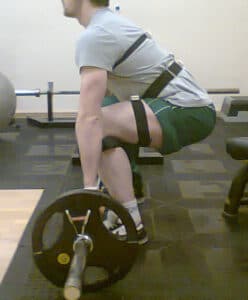
System Development
1. Signal Analysis & Sensors
Data collection, sensor positioning, and determining ideal sensor set for exercise analysis
2. Algorithm Development
Calculating joint angle using matrices, tempo of movement, range of motion and rep and set counting
3. In Gym Exercise Analysis
Detect dangerous movements in data, determining rep count and range of motion thresholds
4. Final Application Development
Real-time biofeedback whilst training, long-term progress viewable in a popup widget, saved as an installable application available for all Windows computers
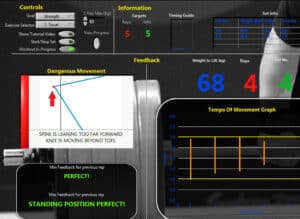
Integrating Shimmer & LabVIEW
Martin had a extensive experience in the area of personal training in advance of delivering this system. However, it was noted that the Shimmer hardware and its use with LabVIEW made building the system less challenging and allowed it to be delivered in a short time period.
The Shimmer sensors provided the motion data and access to the Shimmer LabVIEW Instrument Driver allowed this data to be quickly and effectively integrated. Martin recognised that the graphical programming method was very intuitive and allowed him to test ideas faster using visuals. It was also noted that the calibration of the Shimmer sensors was made easy by using the Shimmer 9DoF Calibration Application. A steady routine of charging the units and ensuring they had been calibrated produced the desired data output for the project.
The system needed to be useable across a range of athletes and across multiple exercises as Martin aimed to create a technology solution which would remove the need for a personal trainer, focussing on live feedback for the user. Using the available library resources and inserting front panel objects and PNG images delivered an attractive UI.
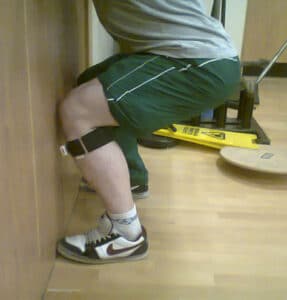
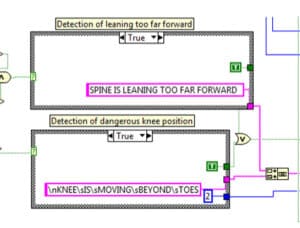
System Evaluation and Testing
The system was evaluated on 20 subjects: 10 elite athletes and 10 inexperienced subjects. Their technique was compared with and without the feedback system. Results are shown below.
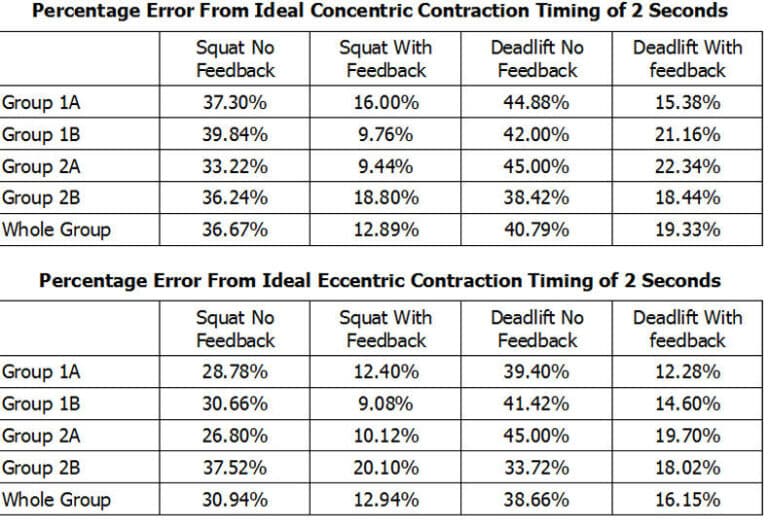
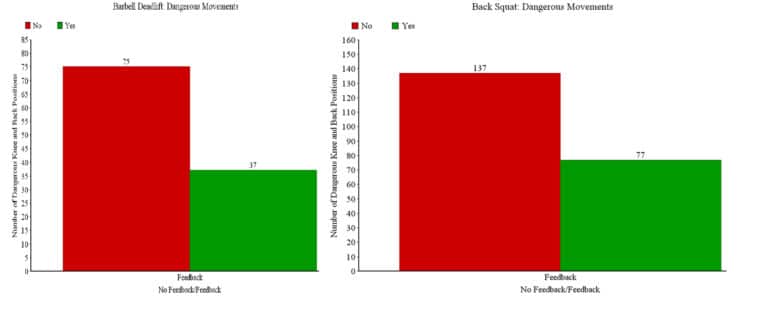
Conclusions and Future Improvements
The system provides comprehensive and accurate biofeedback for resistance training. The system has been evaluated and is confirmed to aid and improve a user’s training technique. Currently, the system is only offered through LabVIEW but future improvements include a focus on the following elements:
- Development for Smartphones
- Server optimisation for cloud data storage
- Aural feedback integration
- More exercises and more goal parameters to be added
- Integration of additional sensing parameters – EMG for muscle fatigue, GSR for stress of athlete
- Development of an elite athlete system for more targeted body building and strength training exercises
- Development of a system for mobility improvement in seniors
- Design of body worn garments incorporating the sensors
